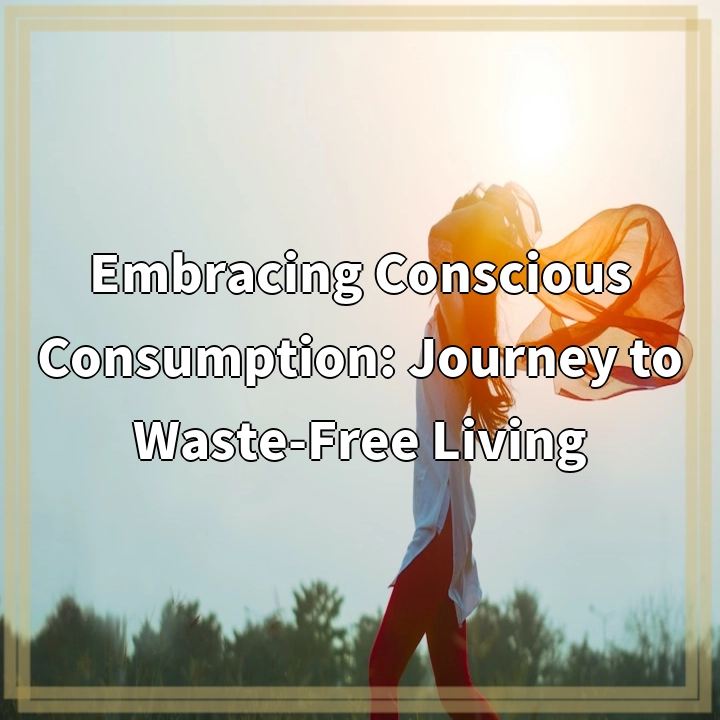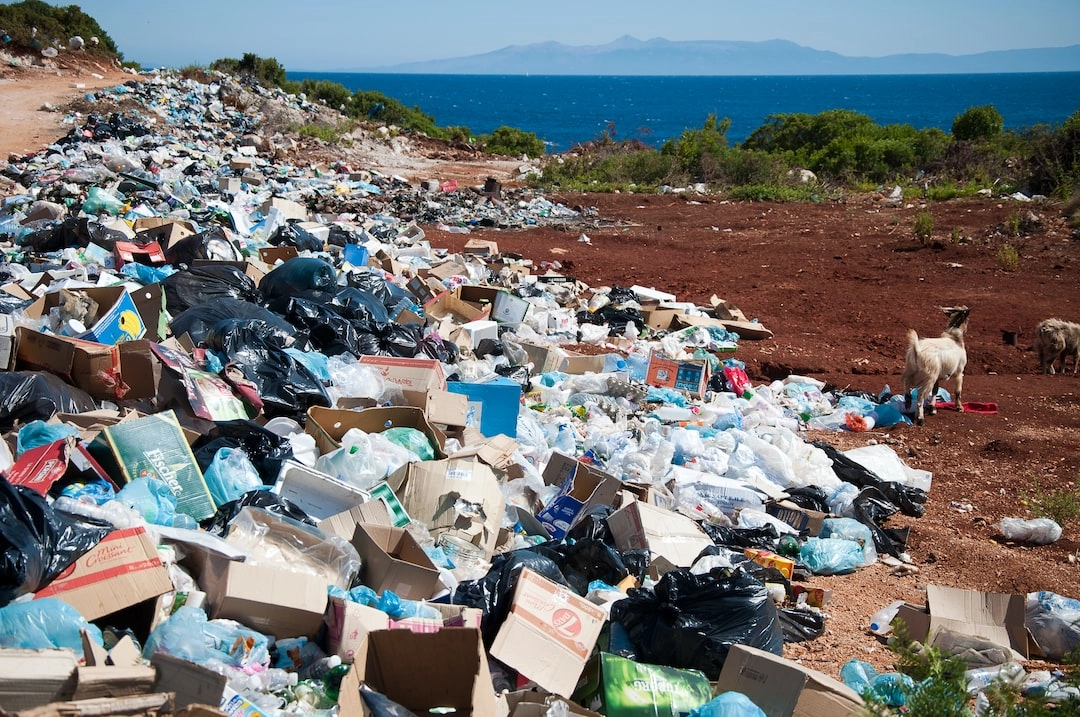
What is Waste-Free Living?
Waste-Free Living is a lifestyle choice that aims to minimize the generation of waste and reduce the overall environmental impact caused by human consumption. It involves adopting practices that prioritize the conservation of resources, the use of sustainable materials, and the reduction, reuse, and recycling of waste.
Real-World Problems Associated with Waste-Free Living
While Waste-Free Living offers numerous benefits, there are also challenges and obstacles that individuals and communities face when transitioning to this lifestyle:
1. Plastic Waste:
Plastic waste is a significant problem worldwide. Despite efforts to promote recycling, a substantial amount of plastic still ends up in landfills and oceans, polluting ecosystems and harming wildlife. Waste-Free Living aims to reduce reliance on single-use plastics and promote the use of sustainable alternatives.
2. Consumer Culture:
We live in a society driven by consumerism, where the emphasis is often placed on acquiring new products rather than reusing and repairing. This culture contributes to excessive waste generation as items quickly become discarded. Waste-Free Living challenges this mindset by advocating for mindful and conscious consumption.
3. Packaging Waste:
The packaging industry produces vast amounts of waste, much of which is not easily recyclable or biodegradable. Waste-Free Living encourages individuals to consider packaging-free alternatives, such as shopping in bulk or using reusable containers, to minimize unnecessary packaging waste.
4. Limited Access and Convenience:
In some areas, it may be challenging to access stores or resources that support Waste-Free Living. This can make it difficult for individuals to find package-free products, local food options, or recycling facilities. Overcoming these barriers requires concerted efforts from governments, businesses, and consumers to create more accessible and convenient solutions.
5. Educational Awareness:
There is still a lack of knowledge and awareness surrounding Waste-Free Living. Many individuals are not aware of the impact their everyday choices have on the environment or the available alternatives. Increasing educational initiatives and promoting the benefits of Waste-Free Living can help address this issue.
Conclusion
Waste-Free Living is a powerful approach to reducing environmental impact and promoting sustainability. By understanding the real-world problems associated with waste generation and consumption patterns, individuals can make informed choices to embrace a more conscious and waste-free lifestyle. Overcoming these challenges requires collective action and a commitment to sustainable practices.

Solutions for Waste-Free Living
While waste generation and consumption patterns pose real-world problems, adopting Waste-Free Living practices can help address these challenges:
1. Reduce and Reuse:
By consciously reducing consumption and reusing items, we can significantly minimize waste generation. Opt for reusable products such as water bottles, shopping bags, and coffee cups, and repair or repurpose items instead of discarding them.
2. Choose Sustainable Packaging:
Support companies that use sustainable packaging materials, such as glass, paper, or compostable materials. Additionally, look for package-free options or bulk buying to reduce packaging waste.
3. Embrace a Circular Economy:
Support businesses and initiatives that follow circular economy principles, where products are designed to be recycled, repaired, or repurposed. This helps minimize waste and promotes the sustainable use of resources.
4. Advocate for Change:
Be an advocate for waste reduction and sustainable practices by raising awareness in your community. Encourage local businesses to adopt waste-free initiatives, engage in conversations about waste management, and support policies that promote sustainability.
5. Engage in Community Efforts:
Join local environmental organizations or volunteer in waste reduction projects in your community. Collaboration and collective action can bring about more significant change and create a supportive network of individuals all striving towards waste-free living.
Conclusion
While the problems associated with waste generation and consumption patterns are significant, there are practical solutions that individuals can implement in their daily lives. By embracing Waste-Free Living principles and advocating for change, we can collectively work towards a more sustainable and waste-free future.















